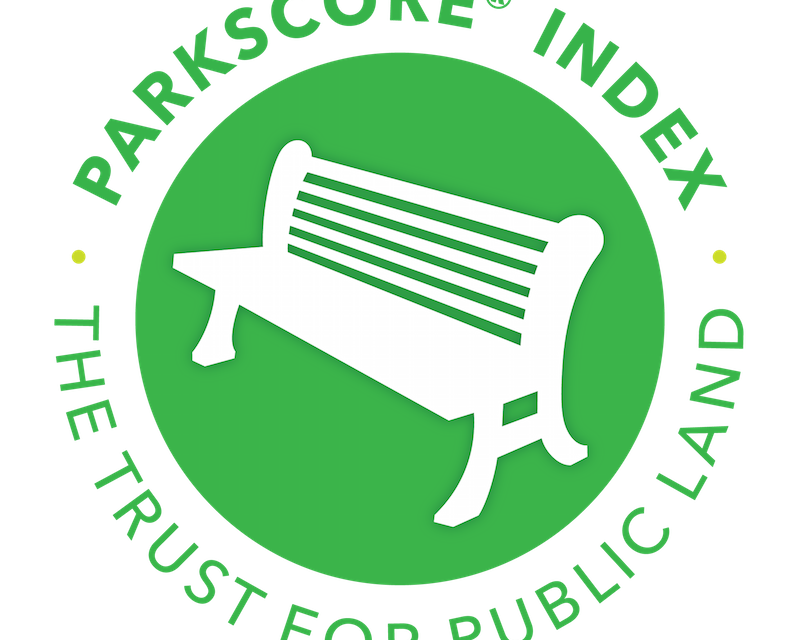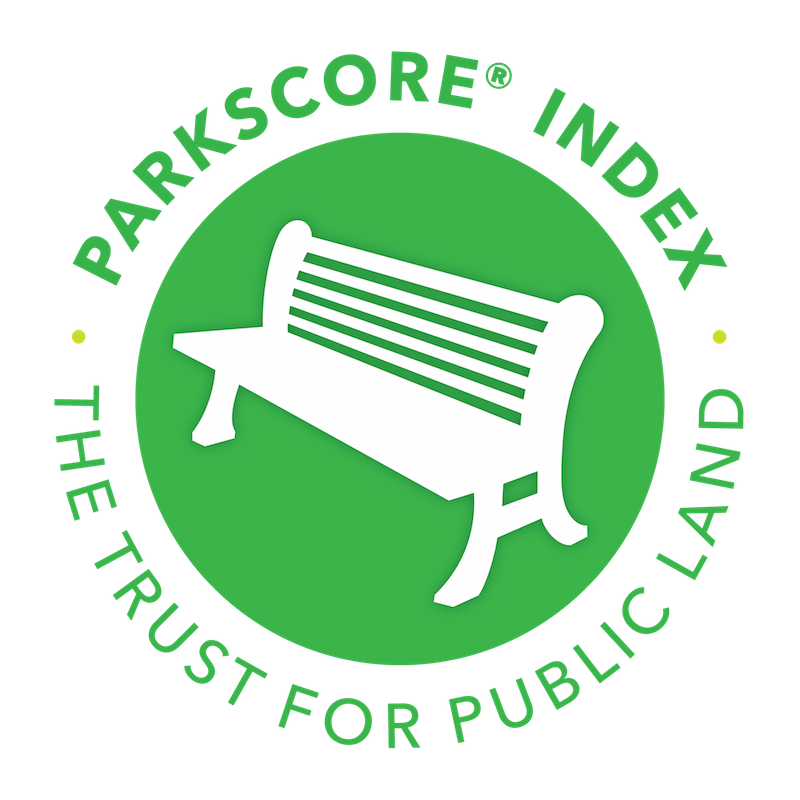In the midst of a crisis, we often are reminded of what really matters in our lives.
That has certainly been the case with the coronavirus: family, friends, health, taking time to reach out, and taking time to support people on the front lines fighting for us.
Also on the list is a public asset that we regularly take for granted – parks.
In Memphis, Mayor Jim Strickland threatened to close parks after people crowded into them. He needed to get everyone’s attention and was apparently reluctant to put parks off limits, with good reason. In some cities where it was done, thousands of people defied the order and filled parks anyway.
Truth be told, there’s really not much that mayors can do about it when the a large number of the public refuses to accept that a park is closed.
Parks As Infrastructure
Good weather and parks have always gone together, but at a time when we have chronic cases of cabin fever – in truth, we never had a sense of what that really meant until now – parks are even more than ever serving as the lungs of our community. Their magnetic pull these days translates all the talking points about parks into powerful visual evidence of how important they are to Memphis and Shelby County.
Exercise, the rays of the sun, and open spaces are essential therapy and proven to be the necessities that we should have known them to be all along. That’s not to mention that exercise itself is an investment in health that can contribute to a strong immune system. Decades after the 2018 Spanish Flu (which in all likelihood began in the U.S.), research concluded that the public should be encouraged to stay out of doors as much as possible as a public health strategy.
And that’s not even mentioning mental health benefits, which seem particularly crucial these days.
Many of us have written for years about the importance of parks and how they are an important part of the public infrastructure. None of us would have guessed that it would take a pandemic to make it resonate in a much more meaningful way with the public.
A Favorite Topic
Hopefully, the Covid-19 pandemic will result in parks moving up the list of vital public services and not something treated mostly as nice-to-have luxuries. That’s especially true for Memphis, which has never ranked high in the past decade among comparable cities for the size, funding, and quality of its parks.
It’s a stark change from the days when the Memphis Parks Commission provided Memphians with one of the best park systems in the country. In fact, it was its advocacy and leadership that led to city politicians abolishing it and giving the mayor and City Council control over parks.
For many years afterwards, park funding was essentially flat and has never regained the same emphasis in city government. Its last director was not reappointed when Mayor Strickland was reelected and today the division of parks services only has an interim director.
Since starting this blog 15 years ago, of its 4,000 posts, several hundred have been about parks. There have been posts about the backbone of the park system, neighborhood park; 10 years of posts about the need for Tom Lee Park to be transformed from an open field into the centerpiece for a reimagined riverfront; reports of major investments in parks being made in other cities; the economic benefit of parks; and a growing understanding in Memphis about parks as a foundational public space for community.
We have also regularly focused on the yearly reports by the Trust for Public Land that ranked cities on key metrics for parks – acreage, investment, amenities, and more. That yearly report for the 50 largest cities evolved into the highly regarded ParkScore which grades a multitude of cities on their park systems.
Languishing Rankings
Since the ParkScore index was created in 2012, Memphis has been found on the bottom rungs year after year. It is again in the most recent report, ranking #87 among the 100 largest U.S. cities, slipping three spots since 2017.
ParkScore ranking should not be dispiriting but fuel a sense of urgency to make the most of this unique opportunity to put parks front and center om our community’s planning and investment strategies.
The top 10 park systems are:
1. Washington, D.C.
2, St. Paul, Minnesota
3, Minneapolis, Minnesota
4, Arlington, Virginia
5. Portland, Oregon
6. Irvine, California
7. San Francisco, California
8. Cincinnati, Ohio
9. New York City
10. Chicago, Illinois
Other cities of interest and their rankings:
14 – St. Louis
20 – New Orleans
28 – Raleigh
35 – Cleveland
42 – Atlanta
59 – Nashville
81 – Louisville
82 – Detroit
87 – Memphis
97 – Oklahoma City
Where Memphis Ranks
Memphis’ ParkScore is 34.1 out of 100. Its highest score is for acreage – 60 out of 100; investment is 30 out of 100; amenities average is 26 out of 100; and the lowest score is in access, which was 20 out of 100. The maximum score for a city was 84.2 and the average ParkScore for the 100 largest cities is 48.9. The lowest score – Charlotte, NC – was 25.
One of the key measures is the percentage of the public who are within a 10-minute walk of a park. In Memphis, that amounts to 45%. That said, no city in the Memphis region has bragging rights for doing much better. The percentages of their populations within a 10-minute walk of a park are:
55% – Covington
50% – West Memphis
47% – Collierville
46% – Bartlett
45% – Memphis
41% – Germantown
32% – Millington
31% – Horn Lake
25% – Arlington
20% – Lakeland
10% – Southaven
10% – Hernando
3% – Olive Branch
As the Trust for Public Land says: “Everyone deserves access to a great park.”
The Trust for Public Land added that research proves conclusively that parks boost well-being by improving health, increasing property values, fostering community spirit, and growing the economy. Added to that list now is that parks are also an antidote for a pandemic.
**
Join us at the Smart City Memphis Facebook page for daily articles, reports, and commentaries that are relevant to Memphis.






While there are risks to everything, I always thought it was an over reaction to dissuade park usage during this time given all of the positive benefits of overall health to include mental health. Also, the great Pittsburgh revitalization came with a focus on education, the arts and the parks….